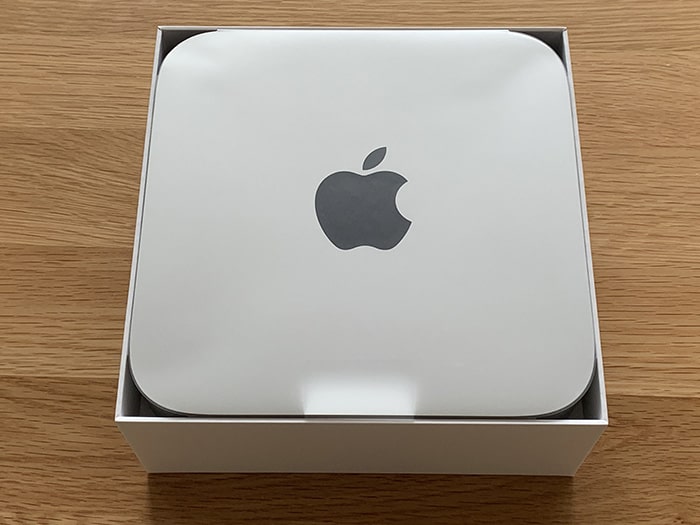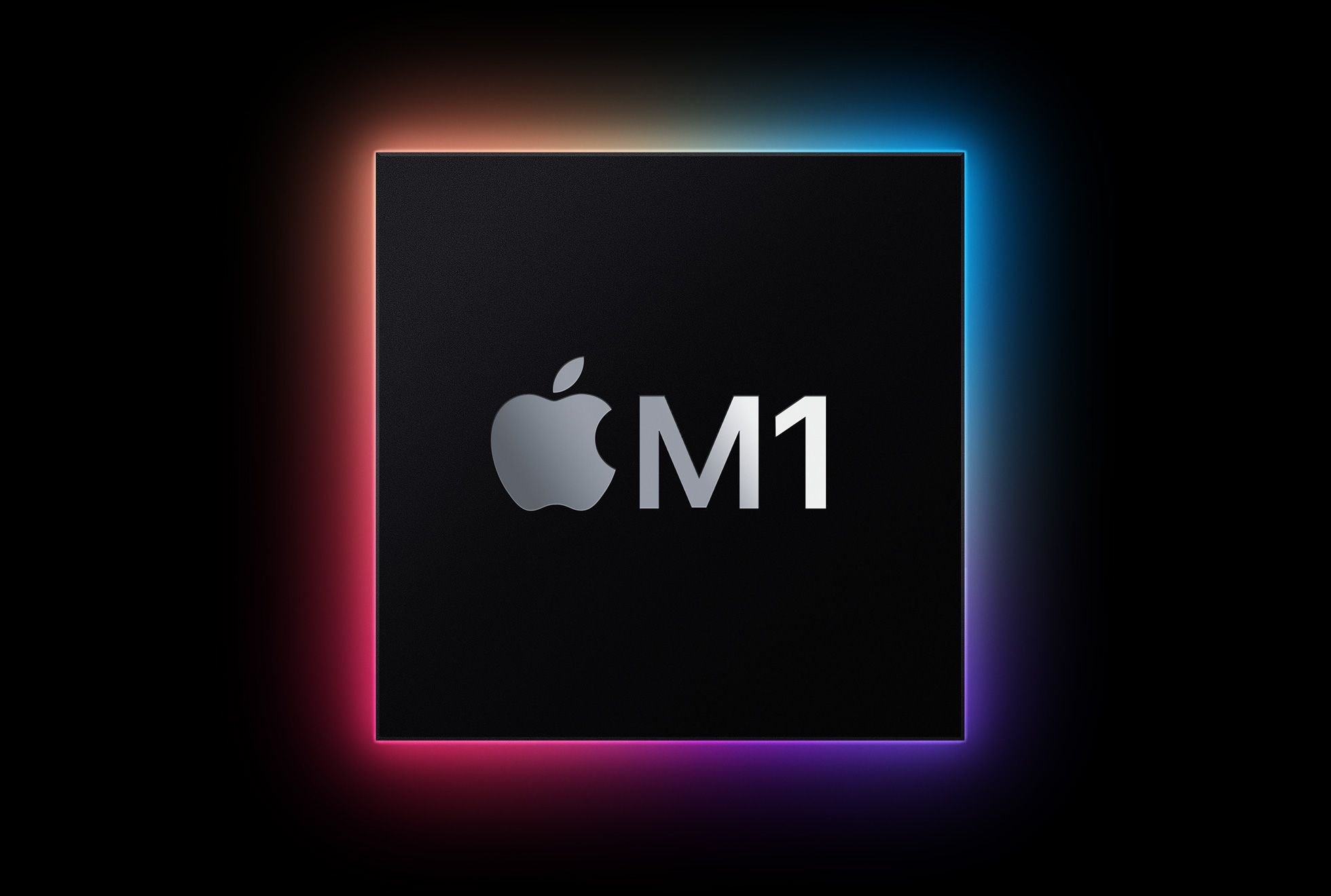
The Mac mini M1 does not support external GPUs. The available display options are decent enough for most users, but if you’re looking for additional external display power you’ll have to look elsewhere. After some deliberation, we chose to stick with the single display, opting to use an iPad Pro and Sidecar for additional screen real estate. We also tried hooking up a BenQ Zowie 24” RL2455 1080P monitor with the LG, but the difference in display resolution was enough to be distracting. And for brave DIYers who didn’t mind tinkering, RAM on previous Intel machines could be upgraded by the user. For previous Intel mini’s, RAM topped out at 64 GB. Limiting the M1 to only 8 or 16 GB may cause power users to understandably balk. The biggest drawback we found here was the lack of user-upgradeable RAM. Based on our testing though, it seems like 8 GB is plenty of RAM for most normal computing tasks. Once we closed a few tabs, the performance of the mini returned to normal.Īpple does offer a more robust 16 GB M1 on its website, but we were unable to procure one of these models before this review. It wasn’t until we tried to play 14 simultaneous YouTube videos that we noticed significant beach-balling. Additionally, multiple open applications, several open Safari tabs, and YouTube streaming in 4K did not slow down our demo mini, despite its paltry 8 GB of RAM. Our benchmark testing of RAM proved many of Apple’s claims.

M1 uses a single cache of RAM that the SoC can access without having to use separate RAM “pools.” This means better overall performance and less power consumption. This architecture allows the SoC to access RAM with low-latency and high-bandwidth. One of the most interesting, yet double-edged, features of the M1 chip is its new unified memory architecture. Even rendering a twenty-minute video in iMovie couldn’t slow the mini down-it tackled the task in less than five minutes. After throwing significant amounts of window dragging, application opening, Spotlight searching, and image processing at the M1, it didn’t break a sweat. Windows pop open, and videos over our gigabit connection were smooth and lag-free.

That being said, there is no doubt that the M1 chip is fast. Why Apple would choose to compare the M1 to something as old as the i3, rather than the more recent i5 or i7, however, is anyone’s guess. Apple claims image processing performance is up to 7.1 times faster than the i3. By combining these components, the M1 can operate faster and more efficiently. In Apple’s previous Intel iterations, I/O, security, and the CPU were all housed separately.

The SoC combines the 8-Core CPU, the 8-Core GPU, the image processor, SSD controller, 16-Core Neural Engine, unified memory architecture (RAM), and many other components onto a single chip. Additionally, the M1 is the first “system-on-a-chip” (SoC) that has been designed for use specifically with Macs.


 0 kommentar(er)
0 kommentar(er)
